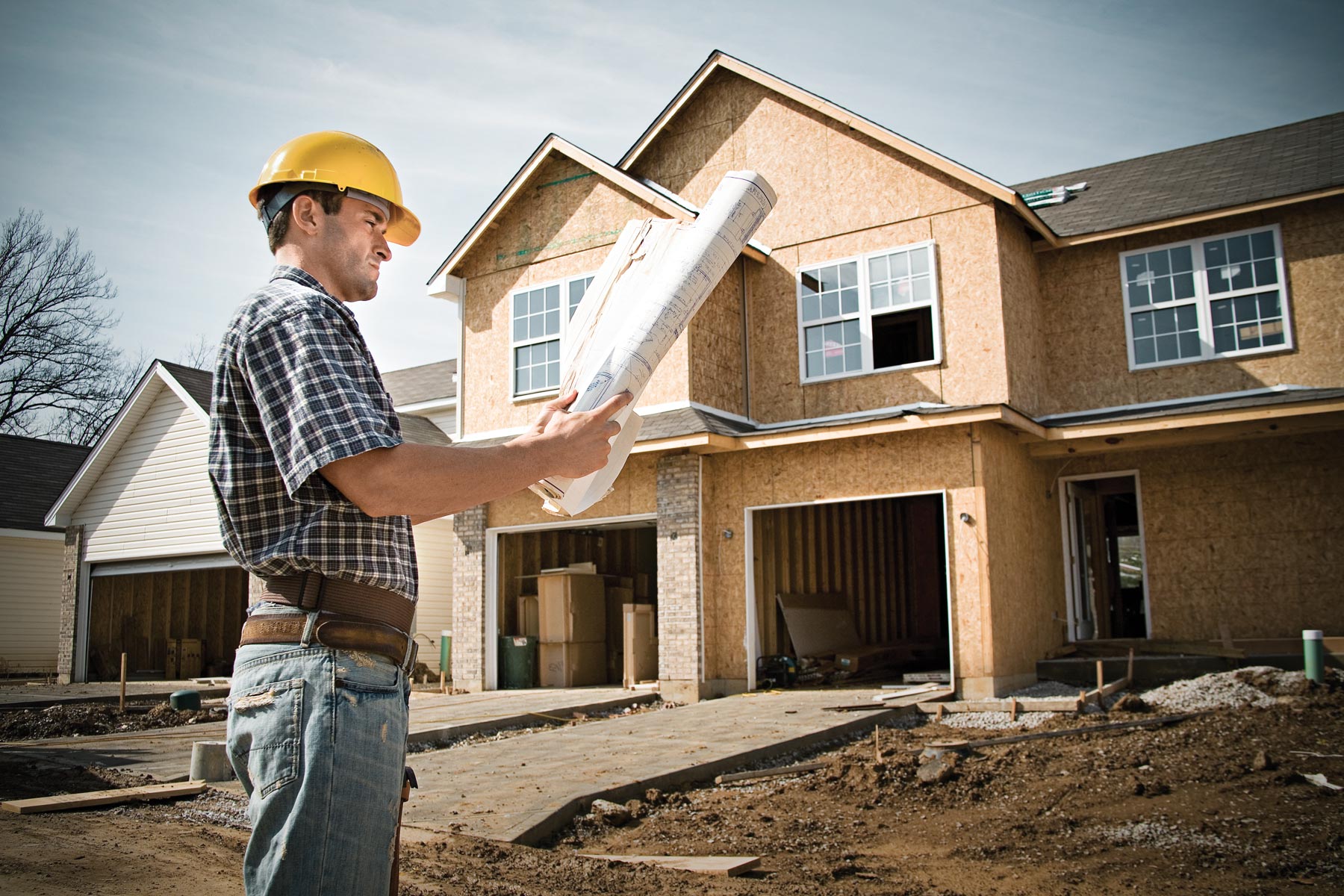Home construction cost estimator in the world of home construction, precise budgeting is essential for success. A home construction cost estimator plays a critical role in providing detailed and accurate cost estimates that are crucial for financial planning and project management. This article delves into the significance of a home construction cost estimator, explores its benefits, components, and tools, and provides best practices to ensure effective cost management. By understanding and leveraging these insights, homeowners and builders can achieve budget success and project efficiency home construction cost estimator.

Understanding Home Construction Cost Estimation
What is a Home Construction Cost Estimator?
A home construction cost estimator is a professional or tool that provides detailed forecasts of the costs involved in constructing a home. This role involves analyzing project plans, calculating the costs of materials, labour, and other resources, and developing comprehensive budgets. The home construction cost estimator ensures that all financial aspects of the construction project are accurately accounted for, minimising the risk of budget overruns and ensuring financial feasibility.
The Role of a Home Construction Cost Estimator in Project Management
The home construction cost estimator is integral to project management, serving several key functions:
Budget Preparation
Developing a detailed budget that reflects all expected costs.
Cost Control
Tracking spending to ensure it remains within the allocated budget.
Financial Planning
Assisting with long-term financial planning and resource allocation.
The role of a home construction cost estimator is crucial for effective project execution and financial management.
Key Benefits of Using a Home Construction Cost Estimator
Accurate Budgeting
One of the primary benefits of employing a home construction cost estimator is accurate budgeting. By providing detailed cost forecasts, a home construction cost estimator helps set realistic budgets that align with the project’s scope and requirements. Accurate budgeting is essential for preventing financial shortfalls and ensuring that sufficient funds are available for all project components.
Effective Resource Allocation
A home construction cost estimator facilitates effective resource allocation by offering a clear financial picture. This clarity helps in:
Allocating Resources
Distributing resources based on the estimated costs.
Setting Realistic Timelines
Developing project timelines that reflect budgetary constraints.
Effective resource allocation supported by a home construction cost estimator contributes to efficient project planning and execution.
Risk Management
Risk management is another critical benefit of using a home construction cost estimator. By incorporating risk assessment into cost estimates, a home construction cost estimator helps in:
Identifying Potential Risks
Recognizing risks that could impact project costs.
Planning for Contingencies
Allocating funds to cover unexpected expenses.
Risk management ensures that the project can adapt to unforeseen challenges without jeopardising the budget.
Components of Home Construction Cost Estimation
Quantity Takeoff
Quantity takeoff is a fundamental component of home construction cost estimation. It involves measuring and listing the quantities of materials required for the project. Accurate quantity takeoff is essential for:
Preventing Material Shortages
Verifying that all necessary materials are included.
Avoiding Excess
Preventing overestimation of material needs.
A detailed quantity takeoff provided by a home construction cost estimator forms the basis for precise cost estimates.
Cost Analysis
Cost analysis involves evaluating the costs associated with materials, labour, equipment, and overheads. The home construction cost estimator uses cost analysis to:
Determine Material Costs
Calculating expenses related to construction materials.
Estimate Labour Costs
Evaluating the cost of labour based on project requirements.
Comprehensive cost analysis helps in developing accurate budgets and managing financial resources effectively.
Contingency Planning
Contingency planning is a crucial aspect of home construction cost estimation. It involves setting aside funds to address potential risks and uncertainties. Effective contingency planning includes:
Identifying Possible Issues
Assessing potential challenges that could impact costs.
Allocating Contingency Funds
Ensuring that there are sufficient funds to cover unexpected expenses.
A home construction cost estimator incorporates contingency planning to enhance the reliability of cost estimates.
Tools and Technologies for Home Construction Cost Estimation
Estimation Software
Estimation software is a powerful tool used by a home construction cost estimator to automate calculations and manage cost data. Popular estimation software includes:
ProEst
Offers comprehensive features for cost estimation and project management.
PlanSwift
Integrates with BIM for accurate quantity takeoff and cost analysis.
Using estimation software improves accuracy, efficiency, and consistency in cost estimation.
Building Information Modeling (BIM)
Building Information Modeling (BIM) enhances home construction cost estimation by providing a digital representation of the project. BIM facilitates:
Detailed Cost Analysis
Integrating cost data with project models for precise estimates.
Enhanced Collaboration
Allowing stakeholders to access and update cost information in real time.
BIM improves the precision and effectiveness of cost estimation.
Cloud-Based Estimating Tools
Cloud-based estimating tools offer flexibility and accessibility for a home construction cost estimator. These tools enable:
Real-Time Updates
Providing access to the latest cost information and project data.
Collaborative Features
Facilitating collaboration among project teams and stakeholders.
Cloud-based tools enhance the efficiency and accuracy of cost estimation.
Best Practices for Effective Home Construction Cost Estimation
Detailed Data Collection
Effective home construction cost estimation begins with detailed data collection. This includes gathering comprehensive information on materials, labour, and equipment. Best practices include:
Collecting Historical Data
Using data from past projects to inform current estimates.
Verifying Cost Information
Ensuring the accuracy of cost data from suppliers and subcontractors.
Accurate data collection is critical for developing reliable cost estimates.
Regular Updates and Revisions
Regular updates and revisions are essential for maintaining the accuracy of cost estimates. A home construction cost estimator should:
Monitor Project Changes
Adjust estimates based on changes in project scope or requirements.
Review Cost Data
Update cost information to reflect market fluctuations or new information.
Regular updates help keep estimates aligned with current project conditions.
Collaboration with Stakeholders
Effective collaboration with stakeholders is crucial for a home construction cost estimator. This involves:
Engaging with Project Teams
Working closely with architects, engineers, and contractors.
Communicating Clearly
Providing transparent and detailed cost information to all parties.
Collaboration ensures that all stakeholders are informed and aligned on project costs.
Challenges in Home Construction Cost Estimation
Despite its importance, home construction cost estimation faces several challenges:
Scope Creep
Uncontrolled changes in project scope can lead to budget overruns.
Market Fluctuations
Variations in material prices or labour rates can impact cost estimates.
Incomplete Information
Insufficient project details can result in inaccurate estimates.
Addressing these challenges requires effective risk management and regular updates to cost estimates.
The Impact of Home Construction Cost Estimation on Project Success
A well-executed home construction cost estimation has a significant impact on project success by:
Ensuring Financial Feasibility
Providing accurate cost estimates that align with project budgets.
Enhancing Project Planning
Contributing to detailed planning and resource allocation.
Preventing Cost Overruns
Helping manages expenses and avoid budget overruns.
The benefits of home construction cost estimation contribute to overall project success and financial management.
FAQs
Q:What qualifications are needed for a career in home construction cost estimating?
A: A career in home construction cost estimating typically requires a bachelor’s degree in construction management, engineering, or a related field. Experience in the construction industry and proficiency in estimation software are also important.
Q:How does a home construction cost estimator handle market fluctuation?
A: A home construction cost estimator addresses market fluctuations by incorporating contingency funds into the budget and regularly updating cost estimates to reflect current market conditions.
Q:What tools are commonly used for home construction cost estimation?
A: Common tools include estimation software like Prost and Plan Swift, Building Information Modeling (BIM) systems, and cloud-based estimating tools for real-time updates and collaboration.
Q:How often should cost estimates be updated during a construction project?
A: Cost estimates should be updated regularly, particularly when there are changes in project scope, material prices, or labour rates. Frequent updates ensure that estimates remain accurate and aligned with current project conditions.
Q:What is the role of a cost estimator in risk management?
A: A home construction cost estimator contributes to risk management by identifying potential risks, incorporating contingency planning into cost estimates, and providing strategies to mitigate financial uncertainties.

Conclusion
Effective home construction cost estimation is essential for achieving budget success in home building projects. By providing accurate cost estimates, analyzing project data, and utilizing advanced tools and technologies, a home construction cost estimator plays a critical role in ensuring that projects are completed on time, within budget, and to the desired quality standards. Implementing best practices and addressing common challenges further enhances the effectiveness of these services, leading to successful project outcomes.



